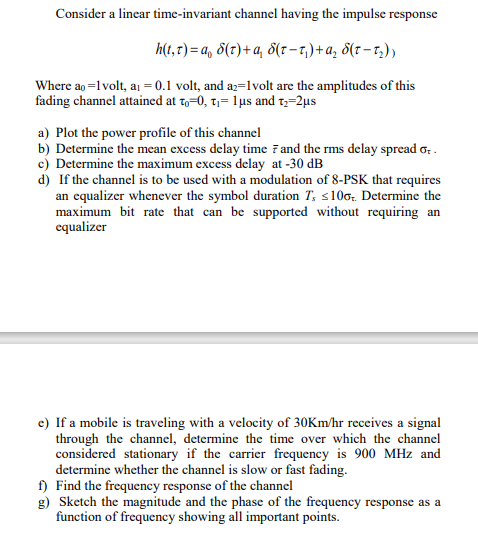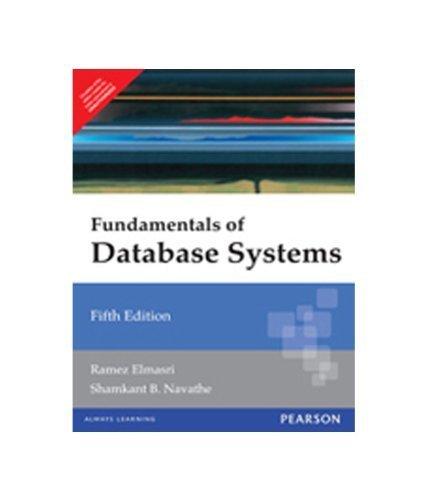Answered step by step
Verified Expert Solution
Question
1 Approved Answer
Consider a linear time-invariant channel having the impulse response h(t,)=a0()+a1(1)+a2(2)) Where a0=1 volt, a1=0.1 volt, and a2=1 volt are the amplitudes of this fading channel

Step by Step Solution
There are 3 Steps involved in it
Step: 1

Get Instant Access to Expert-Tailored Solutions
See step-by-step solutions with expert insights and AI powered tools for academic success
Step: 2

Step: 3

Ace Your Homework with AI
Get the answers you need in no time with our AI-driven, step-by-step assistance
Get Started


